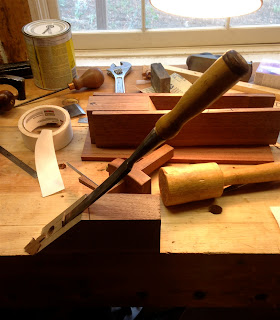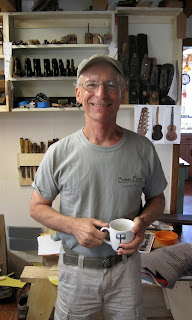Posts
Showing posts from July, 2013
Making a Copy of a 1929 Santos Hernandez Guitar, Old Brown Glue--or, Sometimes You Just Gotta Glue Something Together!
- Get link
- X
- Other Apps
Rocky Mountain Mammoth Mine, Boulder County, Colorado--Restoration Work on the Cabin
- Get link
- X
- Other Apps
Krenov Style Hand Plane, Part 5: Glueing on the Sole and Success!
- Get link
- X
- Other Apps
Krenov Style Hand Plane, Part 4: Glue Up
- Get link
- X
- Other Apps
Krenov-Style Hand Plane, Part 3: You Can Use Hand Tools to Make a Plane!
- Get link
- X
- Other Apps
Krenov Style Hand Plane, Part 2: Who Says You Need An Electric Router To Make One?
- Get link
- X
- Other Apps
Sometimes You Just Gotta Plane a Piece of Wood
- Get link
- X
- Other Apps








